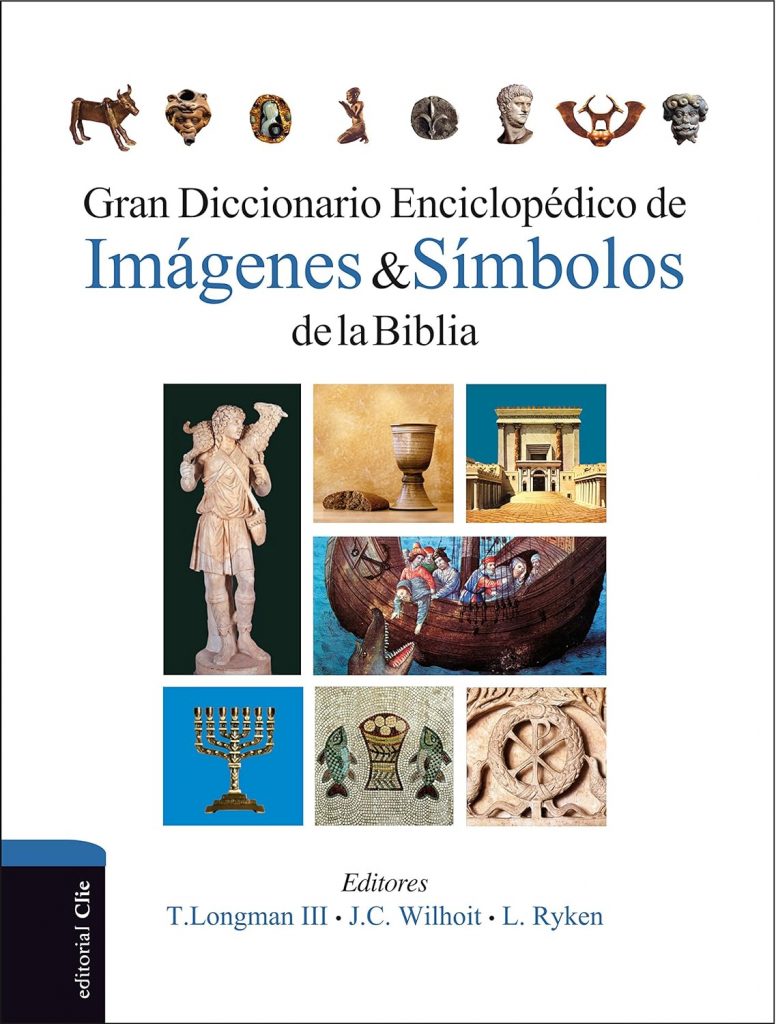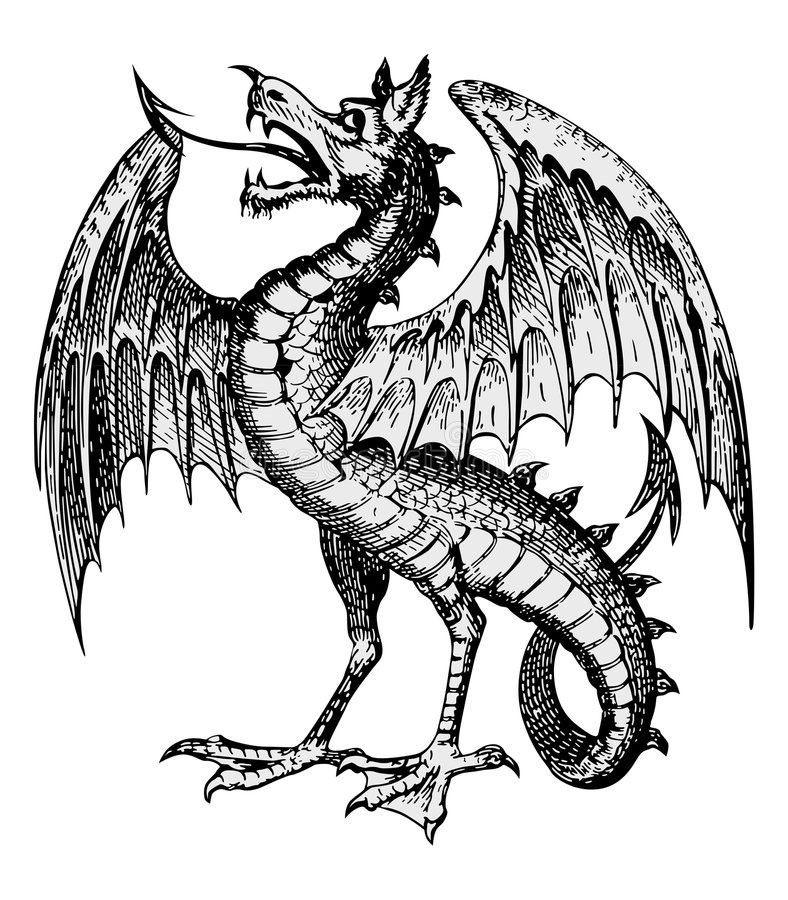
Dragon
The Dragon is a fabulous animal and universal symbolic figure found in most of the world’s cultures, primitive, classical or oriental.
In the medieval West, dragons have the bust and legs of an eagle, the body of a huge serpent, the wings of a bat, and a tail that ends in a dart and turns on itself.
The Dragon has different meanings depending on the culture: broadly speaking, in the West it represents something terrible that must be overcome; in the East it has a positive meaning, and in China, for example, it is a symbol that promotes good luck.
The Dragon in Western culture
Psychological meaning of the Dragon in the West: the primordial enemy
In general terms, for Western psychology the Dragon is the symbol of a terrible enemy that must be defeated. The hero who defeats the dragon becomes a hero.
This primordial enemy can be external, a calamity, or internal, for example, an instinct that must be overcome.
In this sense, the fight against the Dragon and the defeat of it means, according to the author Paul Diel, a psychoanalyst born in Austria, an instinct that has been overcome, that is, a defeated and tamed dragon.
It is from this perspective that the works of art of the Christian world can also be understood.
The Dragon in the Bible
In the narrative of the lives of Christian saints, the patron saints of knights, Saint George and Saint Michael the Archangel, appear in the act of combating him in various works of art: for example, Carpaccio’s Saint George, or Raphael’s or the Saint Michael of Tous de Bermejo.
One of the most popular myths is the fight between Saint George and the Dragon, written by Jacopo della Voragine in his Golden Legend in the middle of the 13th century.
What does the legend of Saint George tell?
Saint George was a tribune born in Cappadocia who came to the city of Silca, in Syria.
In Silca there was a large lake where a dragon was hiding that terrified its inhabitants.
From time to time, the inhabitants of Silca threw two sheep into the lake to feed the Dragon so that it would not eat them. Finally, they ran out of sheep, and agreed to feed one of them chosen by lot.
In one of the draws, the victim turned out to be the King’s only daughter.
When the King’s daughter was heading to her destination, she ran into Saint George, to whom she explained her case.
Saint George promised to free her from her fate; she searched for the Dragon and, when she found him, she rushed at him and wounded him.

This done, he tied it around his neck with the belt of the King’s daughter. She took him tied up to the city.
Once in the city, Saint George told them that they had nothing to fear from the wounded Dragon if they were baptized. Once they did this, Saint George slew the Dragon.
This legend spread throughout the West and made Saint George the patron saint of various countries and cities.
In addition, he made Saint George a saint who favored good harvests and, in general, a benefactor.
Within the Christian tradition, the legend represents the fight of Good, represented by Saint George, against Evil, represented by the Dragon. In general, the entire text of the Golden Legend is a representation of this idea of Good against Evil, and how the representatives of Good heroically confront, and triumph over, Evil.
As for the legend, in some parts details were added that gave rise to later traditions: a rose bush was born in the place where the Dragon’s blood fell, which gave rise to the fact that on Saint George’s Day lovers give a rose to their in love
Dragons in Greek mythology
The Dragon of the Garden of the Hesperides
A hundred-headed Dragon named Ladon was in charge of guarding the garden of the Hesperides. In this garden, some apple trees gave golden apples that provided immortality.
Heracles slew the Dragon Ladon in one of his twelve labors.
Hera, in gratitude to the Dragon, raised his remains to the skies where they form the Constellation of the Draco.
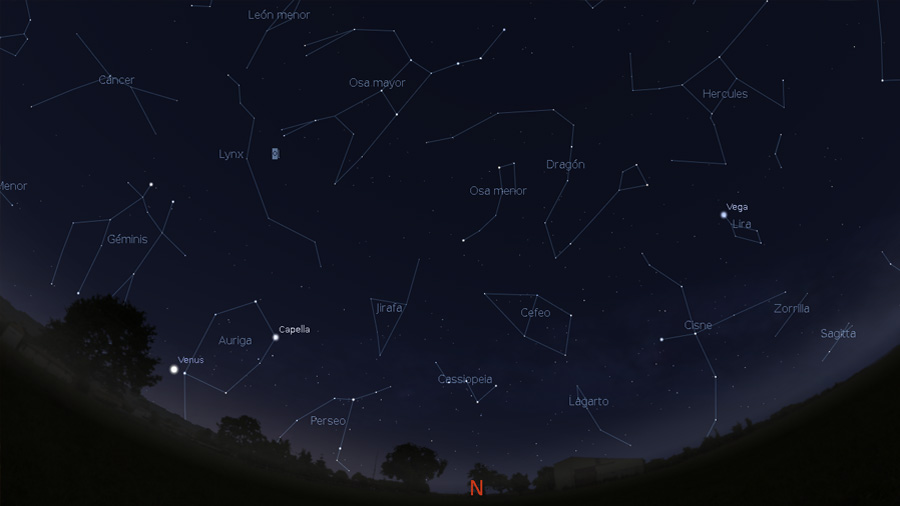
Between Ursa Minor (the Hesperides) and Ursa Major (the apple tree) is the constellation Draco, the dragon that seems to be protecting the “apples” of Ursa Major.
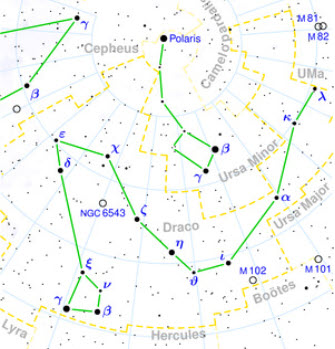
There is a beautiful representation of this Dragon at the entrance of the Guell pavilions in Barcelona that was designed by Gaudí.
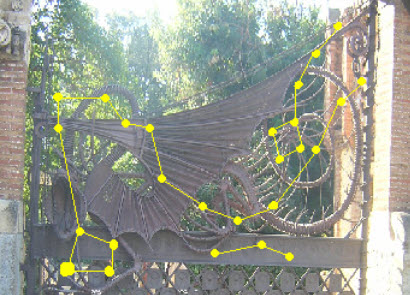
Contenido relacionado con el Dragon
What is the meaning of the Dragon in Chinese culture?
In China the dragon has a double association, with imperial power and with meteorology.
How nation in symbol of the Dragon in China?
Some authors indicate that the birth of the Dragon symbol was produced by the incorporation of the totems of a primitive Chinese tribe when it was defeated by another rival tribe.
What is the appearance of the Chinese dragon according to tradition?
Ancient Chinese authors indicate that the dragon was a superior creature composed of nine common characteristics:
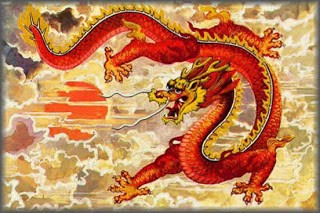
- 1.- snake body,
- 2.- tiger paws,
- 3.- eagle claws,
- 4.- horse or camel head,
- 5.- fish tail,
- 6.- deer horns
- 7.- fish scales.
- 8.- cow ears
- 9.- deer horns
The Dragon and the Chinese imperial power
Historians indicate that the association between the Dragon and imperial power began during the Qin Dynasty (221-206 BC), and later during the Han Dynasty (206 BC-AD 220).
Liu Bang, the first monarch of the Han dynasty, was described as the Son of the Dragon. This association justified his divine right to rule.
Over time this association between the Dragon and the Emperor was consolidated. The association between the two suggested a power to be feared among the Emperor’s subjects.
The Chinese Dragon and its association with meteorology
Frazer mentions the Chinese tradition of making a wooden dragon that they carry in procession to bring about rain. This tradition reinforces the association between the Chinese Dragon and meteorology and, at a deeper level, the cosmic rhythm.
In Chinese traditions, this association with meteorology is mainly between rain and clouds and the Dragon Kings. The Dragon Kings are generally depicted as old men with the head of a dragon.
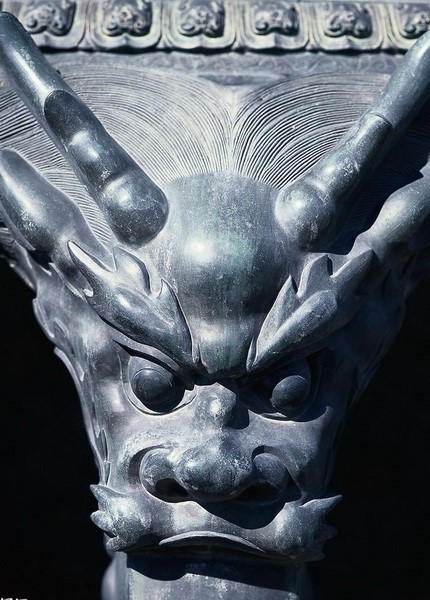
The Dragon Kings manipulate the clouds and have control over the rain.
Droughts and floods are caused by one of the Dragon Kings being angry.
In the case of a prolonged drought, the Chinese made propitiatory ceremonies to ask the Dragon Kings for rain.
Contenido relacionado con Dragon
Fuentes Relacionadas con los símbolos en general
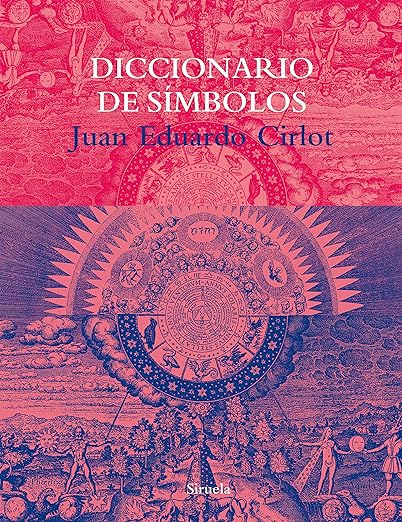
Inspirado libro del poeta Juan Eduardo Cirlot sobre los símbolos
Ensayos acompañados de unas 800 imágenes de diversos símbolos. La editorial Taschen es siempre garantía calidad de edición.
